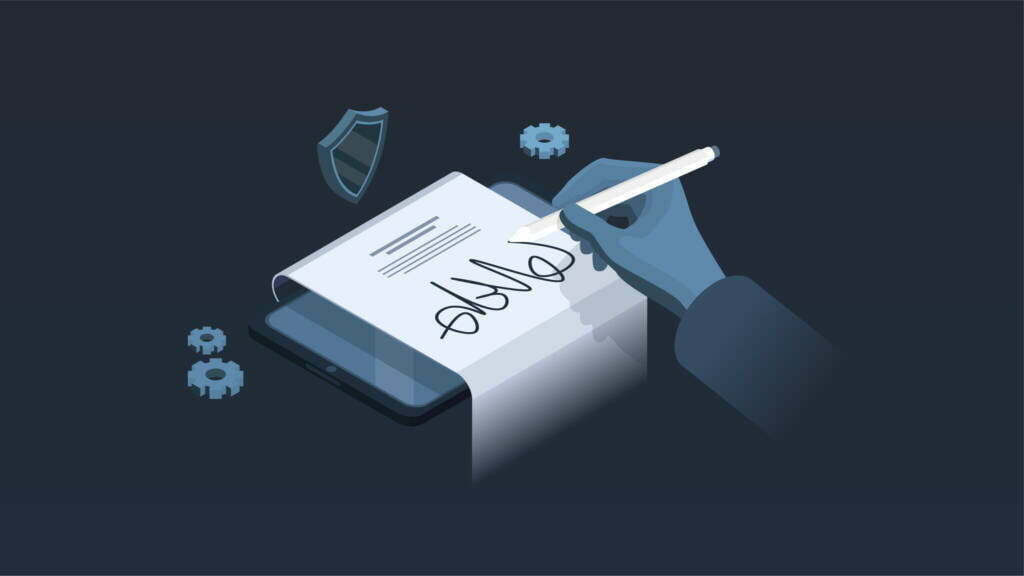- Deciphering the Revolution in Digital Transactions
- Defining Blockchain
- Characteristics of Blockchain:
- Understanding Blockchain Development
- How Does Blockchain Work?
- Types of Blockchains
- Blockchain’s Underlying Technologies
- The Power of Smart Contracts
- Blockchain Development Languages
- Future of Blockchain Development
- Challenges in Blockchain Development
- The Landscape and Promise of Blockchain Development
- Blockchain 3.0: The Evolutionary Leap
Deciphering the Revolution in Digital Transactions
The 21st century has seen a remarkable rise in digital technologies that have transformed how we live, work, and communicate. Blockchain, while relatively nascent, stands out among these innovations. It promises not only a new way to handle financial transactions but also a revolution in trust-based processes. But what exactly is blockchain development? Dive into the world of distributed ledgers, cryptographic hashes, and decentralized apps (DApps).
Defining Blockchain
A blockchain is a time-stamped series of immutable records of data, managed by a cluster of computers not owned by any single entity. These blocks of data (blocks) are secured and bound to each other using cryptographic principles (chain).
Characteristics of Blockchain:
- Decentralization: Unlike traditional databases like SQL or Oracle that are centralized, in a blockchain, every participant (nodes/computers) on the network has access to the entire database and complete transaction history. Everyone can validate transactions.
- Transparency: Due to the decentralized nature, all network participants share the same documentation, which can only be updated through consensus.
- Immutability: Once something has been entered into the blockchain, it cannot be tampered with.
Understanding Blockchain Development
Blockchain development involves creating and implementing blockchain protocols and its architecture. Developers also design the network’s consensus protocols and the security patterns of blockchains. It encompasses:
- Developing Smart Contracts: Self-executing contracts where the terms of agreement are written directly into code.
- Creating Decentralized Apps (DApps): Applications that are not controlled by a single authority and operate on a blockchain.
- Designing Blockchain Protocols: Establishing the rules by which all nodes on a network agree.
How Does Blockchain Work?
Here’s a simplified step-by-step of how data gets added to the blockchain:
- Transaction Initiation: Someone requests a transaction.
- Block Creation: The transaction is broadcast to a network of nodes, which creates a block of this transaction.
- Validation: Nodes validate the transaction using algorithms.
- Consensus: Valid transactions are added to a block. Once consensus is reached, the block is added to the chain.
- Completion: The transaction is executed and becomes an unalterable part of the blockchain.
Types of Blockchains
- Public Blockchains: Open to everyone, decentralized, and incentive-driven. Examples include Bitcoin and Ethereum.
- Private Blockchains: Controlled by one organization, offers greater efficiency and privacy. Used mostly by businesses.
- Consortium Blockchains: A hybrid type, operated by a group, and often used in the banking sector.
- Hybrid Blockchains: Combine features of both public and private blockchains.
Blockchain’s Underlying Technologies
- Cryptographic Hash Functions: Used to securely verify and process data.
- Peer-to-peer Network: Removes central authority and spreads the database across participants.
- Proof-of-work & Proof-of-stake: Consensus mechanisms to validate transactions.
The Power of Smart Contracts
A core tenet of blockchain development is the smart contract. It automatically executes actions when pre-defined conditions are met, without requiring intermediaries. This has potential applications in many sectors, from automatic rent payments to supply chain and quality control.

Blockchain Development Languages
To create blockchain solutions, developers typically use languages like:
- Solidity: For Ethereum-based applications.
- Go: Preferred for the Hyperledger Fabric platform.
- JavaScript, Python, and C++ are also common.
Future of Blockchain Development
The potential applications for blockchain extend far beyond cryptocurrencies. Areas of growth include:
- Supply Chain: Transparent and verifiable tracking of goods.
- Healthcare: Secure and interoperable patient records.
- Real Estate: Streamlining property transactions with smart contracts.
- Voting: Fraud-resistant voting systems.
Challenges in Blockchain Development
Despite its promise, blockchain faces challenges:
- Scalability: As networks grow, so does the need for computational power.
- Interoperability: The ability for different blockchains to communicate.
- Regulation: How will governments handle this new tech?
The Landscape and Promise of Blockchain Development
As we stand on the cusp of a new era of digital innovation, blockchain technology emerges as a pivotal player, reshaping the contours of various industries. At its core, blockchain is not merely a technological tool; it represents a paradigm shift in how we conceive trust, decentralization, and transparency in the digital realm.
The essence of blockchain lies in its decentralized nature, negating the need for intermediaries and central control. This not only has implications for reducing costs but also heralds a new era where individuals can have greater autonomy over their data and transactions. The way data becomes immutable on the blockchain signifies a significant leap towards ensuring data integrity and combating fraud.
Furthermore, with smart contracts and DApps, blockchain development is primed to redefine contractual obligations and applications. Imagine a world where contracts auto-execute without the need for human intervention, or where applications function without being tethered to a central authority. This not only streamlines processes but also reduces the potential for disputes or manipulations.
However, as with all nascent technologies, blockchain is not devoid of challenges. Scalability, interoperability, and the looming specter of regulatory constraints can potentially curtail its growth. But, the technology’s inherent benefits and the solutions it promises make it worthwhile for stakeholders to invest in addressing these challenges.
As we look ahead, blockchain development promises more than just a series of technological breakthroughs; it offers a vision of a decentralized world where individuals regain control of their data, processes are streamlined, and trust is redefined. For businesses, developers, and end-users alike, the blockchain revolution holds the potential to craft a more transparent, equitable, and efficient digital future.
Blockchain 3.0: The Evolutionary Leap
While the initial phases of blockchain technology (often referred to as 1.0 and 2.0) were primarily focused on decentralized transactions and smart contracts, Blockchain 3.0 marks a significant evolution. This next phase is characterized by the development of scalable blockchains tailored to support complex decentralized applications across diverse sectors, from supply chains to healthcare and beyond.
The main promise of Blockchain 3.0 is to overcome the limitations encountered in earlier iterations, specifically regarding scalability, interoperability, and sustainability. For instance, earlier blockchains like Bitcoin (Blockchain 1.0) were limited in their transaction speed, making mass adoption for daily transactions challenging. Ethereum (Blockchain 2.0) introduced smart contracts, expanding the use cases but still grappled with scalability issues.
Blockchain 3.0 projects, on the other hand, strive to handle thousands, if not millions, of transactions per second, making them apt for widespread adoption. Furthermore, with enhanced interoperability, these blockchains can seamlessly interact and exchange information, breaking silos and fostering a more integrated blockchain ecosystem. Sustainability is another hallmark, as 3.0 initiatives are focusing on more energy-efficient consensus mechanisms than the often criticized proof-of-work used by Bitcoin.
It’s not merely an incremental improvement; Blockchain 3.0 is a transformative advancement, aiming to bring the technology from niche use cases to mainstream applications, empowering not just businesses but every facet of our daily lives.























